The humble rice ball, a staple in Japanese cuisine, has undergone a playful transformation in recent years. Enter the world of cartoon onigiri – where cling film and nori sheets become tools for edible artistry. This whimsical food trend blends practicality with creativity, turning packed lunches into miniature masterpieces that delight both children and adults alike.
At its core, the technique involves using plastic wrap to mold warm rice into perfect spheres or triangles before adorning them with expressive faces cut from seaweed. What began as a clever mom hack in Japanese households has blossomed into a global phenomenon, with social media platforms overflowing with increasingly elaborate designs. The process requires neither special tools nor culinary expertise – just imagination and patience.
The magic lies in the contrast between the pristine white rice canvas and the bold black nori details. Artists carefully snip seaweed sheets into eyebrows that arch with surprise, winking eyes, or mouths frozen in cheerful exclamations. Some creators take their edible portraits further, adding subtle blushes of pink food coloring or accessorizing with sesame seed beauty marks.
Unlike traditional charaben (character bento) that often incorporates multiple ingredients, cartoon onigiri celebrates simplicity. The monochromatic palette forces creativity within constraints, much like ink on paper. This minimalist approach makes the food accessible while allowing personality to shine through. A well-placed seaweed curl can transform a plain rice ball into a giggling friend or sleepy companion.
Practicality meets playfulness in these edible creations. The plastic wrap serves dual purposes – helping shape the rice while keeping fingers clean during decoration. Once completed, the wrap acts as a protective barrier, preserving the artwork until lunchtime. This thoughtful combination of function and form explains why busy parents have embraced the trend so enthusiastically.
Cultural significance underlies what might appear as mere food decoration. In Japan, where presentation is integral to dining, even simple meals receive artistic consideration. The cartoon onigiri trend extends this philosophy to everyday life, finding beauty in lunchboxes and convenience store snacks. It democratizes food art, making it achievable for home cooks rather than restricting it to professional kitchens.
Social media has propelled these cheerful rice balls to international fame. Instagram and Pinterest overflow with hashtags like #onigiriart and #kawaiionigiri, showcasing thousands of interpretations. Some accounts specialize in recreating famous characters, while others invent original personalities. The trend has inspired spin-off communities where enthusiasts exchange cutting techniques and troubleshooting tips for common issues like seaweed pieces sliding off moist rice.
Nutritionists appreciate how this trend makes healthy food appealing to picky eaters. A plain rice ball might elicit groans from children, but one with a silly face becomes irresistible. The technique works equally well with brown rice or mixed grain variations, offering opportunities to boost nutritional content while maintaining the fun presentation. Some parents report their children now request vegetable fillings just to see what facial expression will accompany them.
The movement has even reached professional kitchens. Trendy cafes in Tokyo now feature seasonal onigiri characters alongside traditional offerings. During cherry blossom season, rice balls might sport floral hair accessories made from pickled plum slices. Winter brings scarves crafted from thin omelet strips. This commercial adaptation proves the trend's staying power beyond home kitchens.
Psychological research suggests there's science behind the smile these food faces elicit. The human brain is wired to recognize and respond to facial patterns, even in abstract forms. Seeing a happy expression on one's lunch triggers subtle positive emotions, potentially enhancing the dining experience. This phenomenon, called pareidolia, explains why we see faces in clouds or toast – and why a grinning rice ball feels like a cheerful lunch companion.
Environmental considerations have sparked innovation within the trend. While plastic wrap remains popular, some creators have switched to reusable silicone molds or beeswax wraps. Nori alternatives have emerged too, with edible ink printers allowing for intricate designs on soy paper. These adaptations make the hobby more sustainable without sacrificing creativity.
Workshops teaching cartoon onigiri techniques have popped up globally, from Paris to New York. Participants range from parents wanting to upgrade lunchboxes to food stylists seeking new skills. The classes often double as cultural experiences, introducing students to Japanese food traditions while teaching practical decoration methods. Many leave not just with new abilities, but with appreciation for how playfulness can enhance daily routines.
Restaurants have begun incorporating the trend into team-building activities. Instead of traditional cooking classes, groups bond over decorating rice balls with personalized expressions. The low-pressure activity encourages laughter and creativity, with edible results that participants can enjoy immediately. Corporate trainers report these sessions effectively break down workplace hierarchies through shared silliness.
As the trend matures, we're seeing more sophisticated variations. Some artists create serialized characters with evolving storylines told through daily lunchbox designs. Others use multiple rice balls to form larger scenes, like a family of onigiri or seasonal tableaus. The medium's simplicity seems to breed innovation rather than limit it.
Food historians note this trend continues Japan's long tradition of kyaraben (character bento) while making it more approachable. Where elaborate character lunches might require hours, a cartoon onigiri takes minutes. This accessibility has helped the trend cross cultural boundaries, requiring no special ingredients beyond what's available in most supermarkets worldwide.
The phenomenon has even inspired merchandise. Specialty nori punches now help create perfect facial features, while illustrated guides demonstrate expression variations. Stationery companies produce onigiri-themed planners, and clothing lines feature rice ball characters. What began as a kitchen hack has spawned an entire aesthetic universe.
Perhaps the most remarkable aspect is how the trend maintains its homemade charm despite commercial adoption. Unlike many food fads that become polished and distant, cartoon onigiri retains its DIY spirit. Imperfections are part of the appeal – a lopsided smile or asymmetrical eyes add personality rather than detract from the creation. This acceptance of flaws makes the trend particularly welcoming for beginners.
As we look to the future of food presentation, the cartoon onigiri phenomenon offers valuable lessons. It proves that mealtime joy doesn't require elaborate techniques or expensive ingredients. Sometimes, all it takes is a square of seaweed, a warm handful of rice, and the willingness to play with your food.

By /Jul 31, 2025
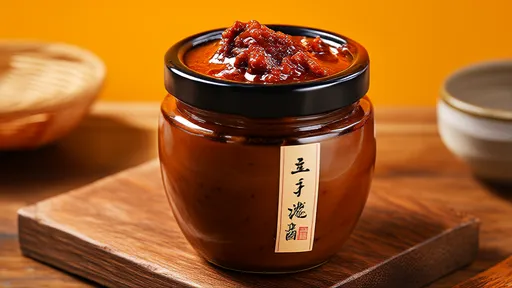
By /Jul 31, 2025

By /Jul 31, 2025

By /Jul 31, 2025

By /Jul 31, 2025
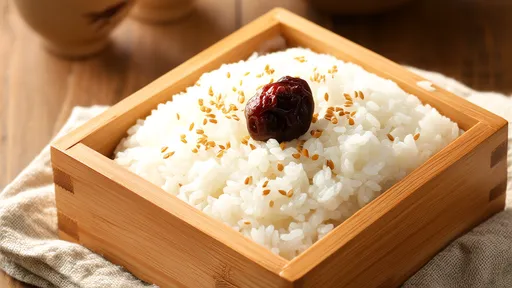
By /Jul 31, 2025

By /Jul 31, 2025
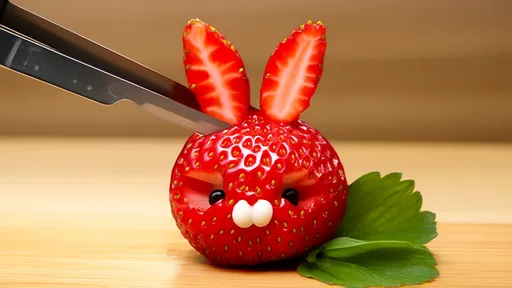
By /Jul 31, 2025

By /Jul 31, 2025
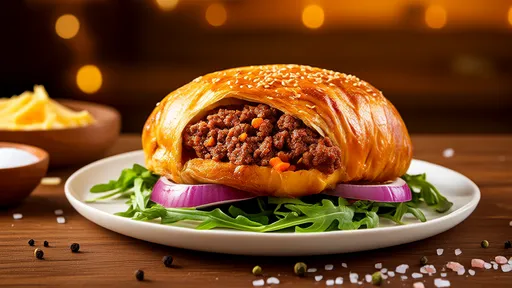
By /Jul 31, 2025
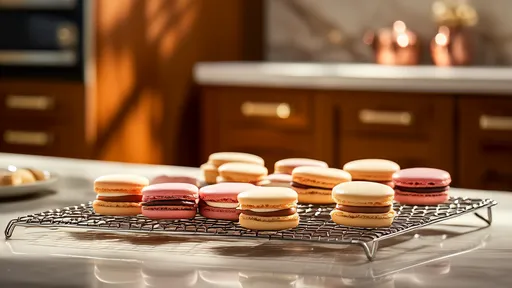
By /Jul 31, 2025

By /Jul 31, 2025

By /Jul 31, 2025

By /Jul 31, 2025

By /Jul 31, 2025
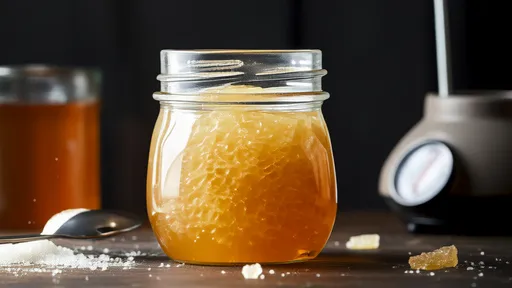
By /Jul 31, 2025

By /Jul 31, 2025
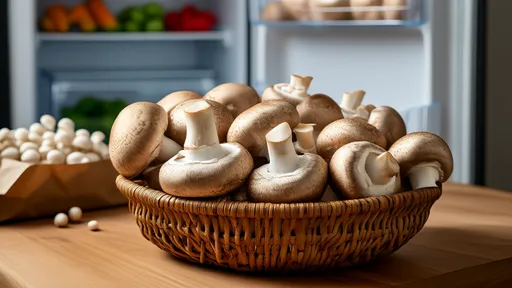
By /Jul 31, 2025
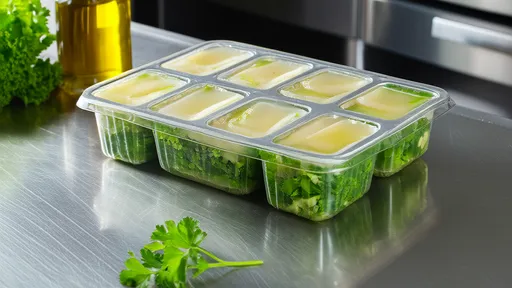
By /Jul 31, 2025
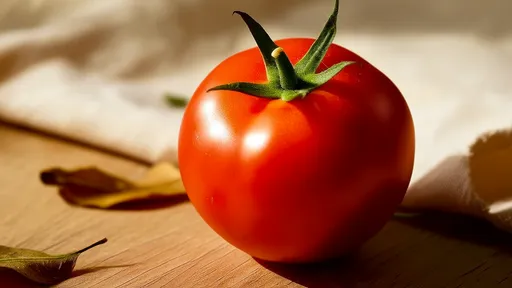
By /Jul 31, 2025